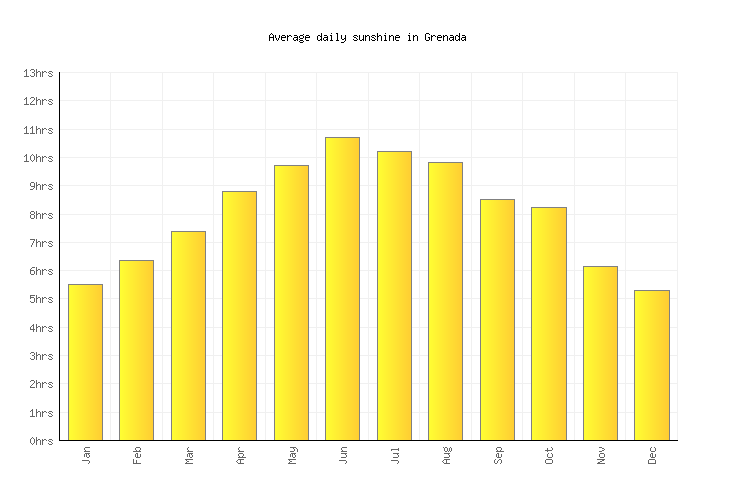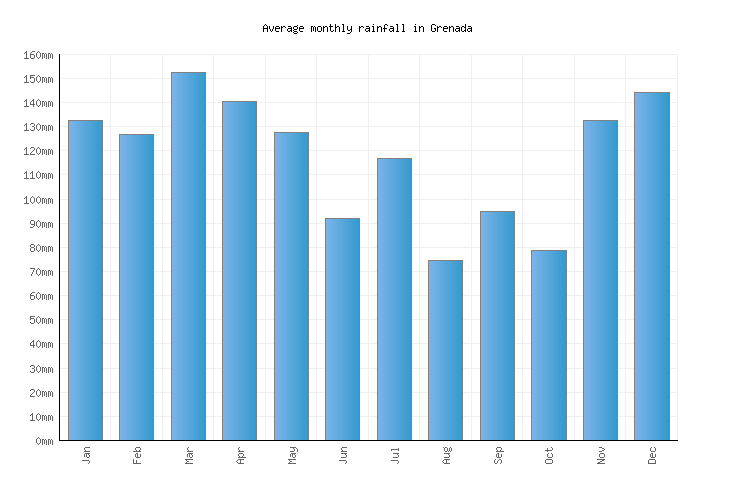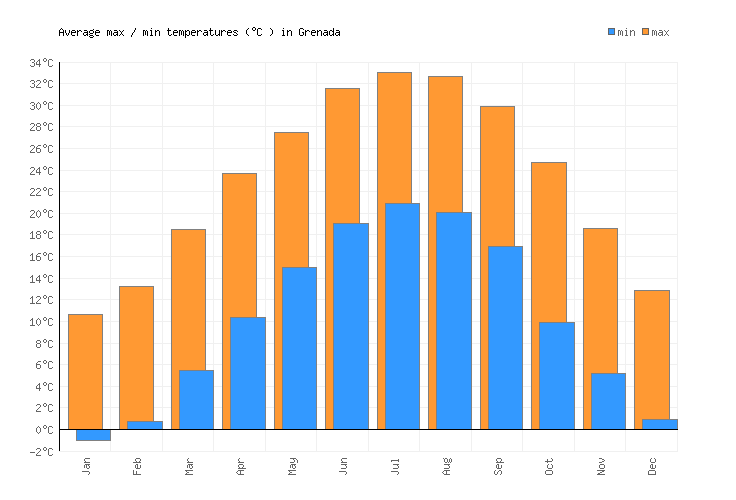Distinguishing Grenada: A Caribbean Island, Not to Be Confused with Granada (Spain)
- spiceisledigiconte
- Aug 29, 2021
- 3 min read
Updated: Aug 23
Grenada is a small island located in the Southern Caribbean region. Grenada lies closely to the continent of South America. South American countries of Belize, Guyana, Suriname and Venezuela are closest to Grenada. Grenada, is often mispronounced as, Granada. Granada is located in Spain, in Europe and is not "Grenada". Grenada is also not the place within the State of Mississippi in the Southern United States, as that too can also create confusion about the location of the island.
So where exactly is the beautiful island of Grenada?
On a geographical map, Grenada can be found lying at 12"3 N latitude 61" 45 W longitude. Grenada is located to the north of Trinidad and Tobago, and south of Saint Vincent and the Grenadines. Grenada, and its dependencies of Carriacou and Petite Martinique, are located in the belt of the islands that make up the Grenadines. Grenada is also part of a grouping of islands that form the Windward Islands: Grenada, Saint Vincent and the Grenadines, Saint Lucia and Dominica. Grenada is included in the wider grouping of islands that form the Lesser Antilles, which are the smaller islands located in the Southern Caribbean, that form the arc that extends into the Atlantic Ocean. The Lesser Antilles begin at the Virgin Islands and extend south to Trinidad and Tobago. As an island surrounded by water, Grenada has to its west, The Caribbean Sea, and to its east, the Atlantic Ocean.

Credits: World Atlas
How big is Grenada?
Grenada is very small, compared to other islands and places in the world. Grenada is 133 square miles, or 344 km² in size. To break it down, Grenada is 21 miles long (34 Km) and 12 miles wide (19 Km). Practically, one can take a road trip, and go around the island in just over two hours. Grenada is a mountainous island, with the highest peak being Mt. Saint Catherine which is about 2756 feet or 840 metres in height. Hiking is a common recreational activity that is done - to climb the mountainous peaks of Grenada.

Credits: Wikipedia
What is the weather like in Grenada?
Grenada is located in the tropics. The weather is all about sun and rain. Grenada has sunlight throughout the year, with the sun rising at between 5 - 6 am in the morning, and setting by 6pm at night. The sound of a cock crowing often signifies the start of the day. The temperature is usually about 28 degrees Celsius or 82 degrees Fahrenheit. On extremely hot days, the temperature rises to over 32 degrees Celsius. Grenada is affected by two seasons: rainy season and dry season.
The seasons is based upon the amount of rainfall that is received during the period. From January to May is the dry season, in which rainfall is limited, and it is typical to go for several weeks without rainfall. From June to December is the rainy season, and rainfall can occur including large amount of rainfall due to tropical storms or a hurricane. November is often the wettest month with lots of rainfall. The rainy season coincides with the Atlantic Hurricane Season in which tropical waves, depressions, storms or hurricanes can occur causing damage to the island. Grenada has had its share of hurricanes - Hurricane Janet in 1955, Hurricane Ivan in 2004 and Tropical Storm Emily in 2005. Despite the challenges of the rainy season, farmers still welcome the rain, and the ability to plant and grow their crops.
Grenada is very humid and on average, humidity levels range from 69% to 72% throughout the year. There are days that are very windy, however on average the wind speed is about 16 km/hour.
Credits: Weather2visit
Credits: Weather2visit
What is the language spoken?
In Grenada, English Language is the language spoken. Spanish is not the main language, although the island is in close proximity to South America. Patois which is a combination of English and French used to be a secondary language, but it is no longer spoken (extinct). The reason for the languages spoken stem from the island's colonial past including British Colonization and French colonization. The British had the longest duration of colonization of the island, while the French colonization period was more influential.
Subscribe to our You Tube Channel - Island Learning Grenada





